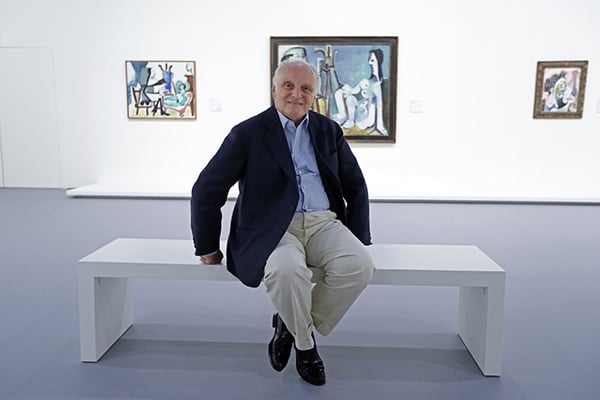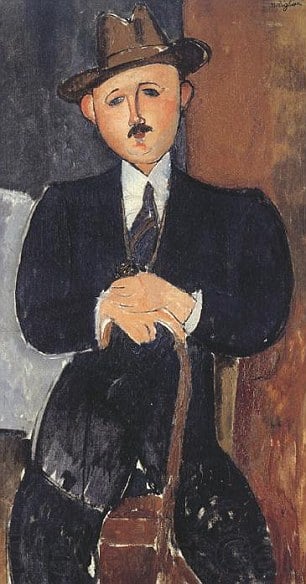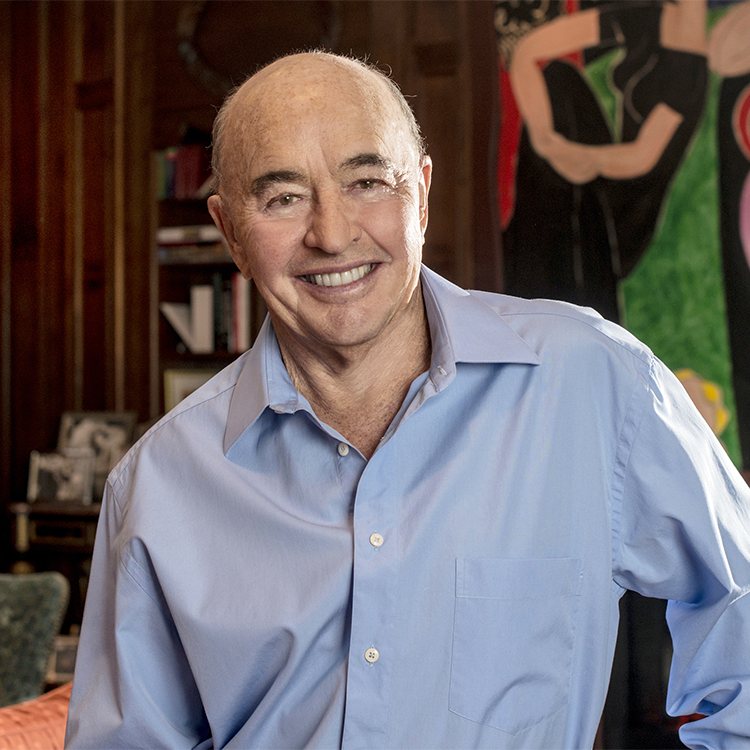Law & Politics
What to Expect from the Release of the Panama Papers Searchable Database
Tax havens "should be called tax cheats," a judge says.

Photo: Valery Hache, AFP Photo/Getty Images.
Tax havens "should be called tax cheats," a judge says.

Christian Viveros-Fauné

For many journalists and anti-corruption activists around the world Monday, May 9 is D-Day. That is the date the International Consortium for Investigative Journalists (ICIJ)—a global network of more than 190 investigative journalists in 65 countries that, per the organization’s website, focuses on “cross-border crime, corruption, and the accountability of power”—makes public the largest-ever disclosure of information about shadowy offshore companies and the people behind them. Dubbed the Panama Papers, the 11.5 million files in question were the result of a massive data breach of Panamanian law firm Mossack Fonseca. Let criminals, dodgy politicians, celebrities, and art collectors everywhere tremble.
Issued in the form of a searchable database, the data is set to be released today at 2:00 pm EST by ICIJ and will divulge secrets about more than 200,000 offshore entities that are currently part of a two-month investigation into the massive 2.6 tetrabyte leak. Also included in the interactive database are documents regarding more than 100,000 companies that were part of an earlier leak and a 2013 ICIJ investigation. Both sets of revelations shine a light into the murky doings of some of the world’s richest people by detailing how members of this elite group exploit financial loopholes.
Besides exposing the role of big banks in facilitating tax evasion and how companies and individuals blacklisted in the US and elsewhere do business through offshore companies, ICIJ’s coverage of the Panama Papers has also held up a magnifying glass to the tiny print that sometimes underpins the art world’s financial structure. Blown up large, these stories read like a manual on legal but nonetheless questionable business practices.

Amedeo Modigliani, Seated Man with a Cane (1918).
There is, for example, the Nahmad family’s disputed ownership of Seated Man With a Cane, a Nazi-looted Amedeo Modigliani painting that, recently released documents demonstrate, has belonged to the billionaire art traders since at least 1995. There is the fate of 83 missing paintings worth $3 billion belonging to the Goulandris clan, a Greek shipping family, which were effectively legally disappeared through the use of multiple offshore companies. And, most remarkably, there is the allegation that the 1997 Ganz sale, the $206.5 million watershed auction that established the modern art market, was an inside job: One in which Christie’s and John Lewis, then Christie’s largest shareholder, obscured their ownership and interest thanks to an offshore company registered in the South Pacific.
The art world and international authorities have yet to fully process these stories, many of which were broken over the last month by ICIJ reporter Jake Bernstein (who recently signed with Henry Holt to write a book about the Panama Papers titled Secrecy World).
But what other revelations do the Panama Papers have in store for journalists, tax authorities, and law enforcement officials concerning a trade that regularly thrives on both opacity and anonymity?
According to Brazilian judge Fausto Martin de Sanctis, the true nature of the problem lies in whether you should be legally obligated to attach your real name to the things you own, or whether shell companies can continue to hide the true owners of assets. “Tax heavens should not be called tax havens, they should be called tax cheats,” said the federal appellate judge, who is best known in art circles for his 2006 arrest of Edemar Cid Ferreira, the former Banco Santos president who tried to smuggle an $8 million Basquiat into the US with a $100 air waybill.
“We all know that offshore tax havens exist today primarily to hide shady ownership structures that harbor crimes like terrorism and money laundering,” De Sanctis told artnet News in a phone interview. He should know. The judge is also the author of Money Laundering Through Art, incredibly the only book published on the subject to date.
In his 2013 book, De Sanctis argued that art dealers and auction houses, like casinos and gem dealers, should report suspicious financial activity to regulators. About the Panama Papers revelations he says that, though the documents suggest a familiar litany of improper behavior, in some cases they contain important information that law enforcement can use to solve specific instances of financial crimes. Quite often offshore companies use the names of specific law firms or the real owners’ relatives, De Sanctis reveals. “In the case of Banco Santos,” he says, “it was the wife who was signing for the offshore accounts.”
For the novelist and art historian Noah Charney, crimes like tax evasion and money laundering are the infrequent but the unavoidable byproduct of the existence of offshore companies. “Tax evasion works like this,” Charney says: “You buy painting A for X amount of money. It’s technically acquired by your offshore firm; then it’s sold by the offshore firm a few years later for a profit. Since the firm is offshore, you pay no taxes on the sale price.”
Money laundering, Charney says, works similarly. “Because art is often bought with cash and wired to anonymous Swiss bank accounts, it is a good way to launder dirty money.” He continues, “X amount of money is used to buy a work of art. That dirty money is then transformed into the artwork, which can then immediately be sold for the same amount of (theoretically) clean money. Art, in fact, is such a good investment that the criminal may even make a profit.”

Joe Lewis, billionaire art collector, played a major role in the 1997 Ganz collection sale, the Panama Papers have revealed.
Courtesy of Tavistock Group.
Charney, it should be noted, is the founding director of the Association for Research into Crimes Against Art (ARCA), a non-profit think tank and consultancy on art crime prevention and solution. His 2009 book Art and Crime: Exploring the Dark Side of the Art World estimates that the practice has evolved from “a relatively innocuous crime into the third highest-grossing annual criminal trade worldwide” after drugs and gunrunning—one he has conservatively estimated at $6 billion annually.
When asked whether additional revelations from the Panama Papers will adversely affect the art trade, Charney doubts the possibility of any kind of real shakeup. “This behavior is not a surprise to anyone who knows the art world,” he says. “It is a surprise to have this huge leak and for it to be talked about so openly, but everyone in the know knows about freeports and tax havens and art moving around this way.”
“It is more problematic,” Charney acknowledges, “for public figures who appear to have moral superiority (politicians, for instance) and who can be shown to have been behaving in a way that many would deem immoral (though not necessarily illegal). They are the ones who will feel the fallout.”